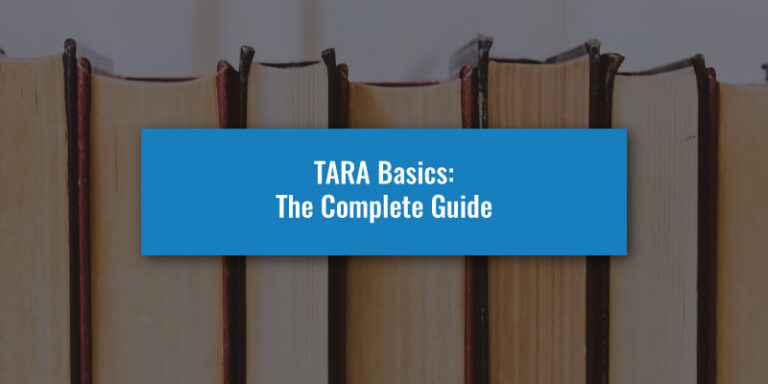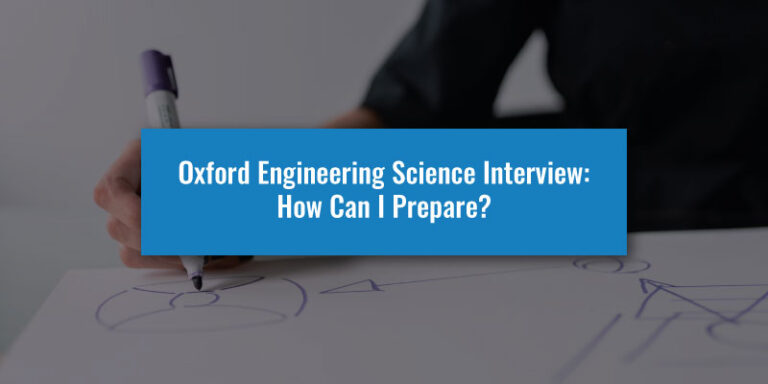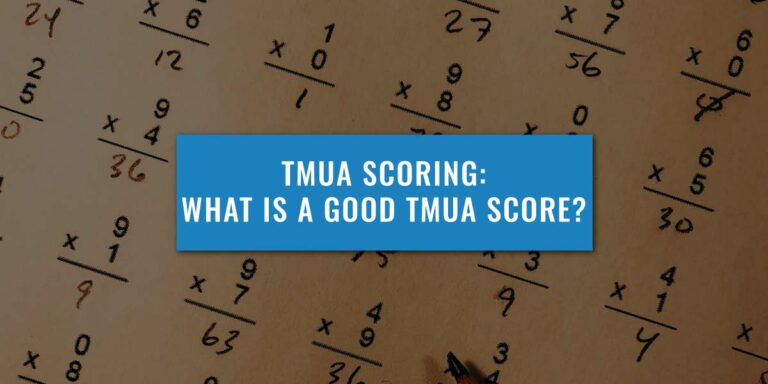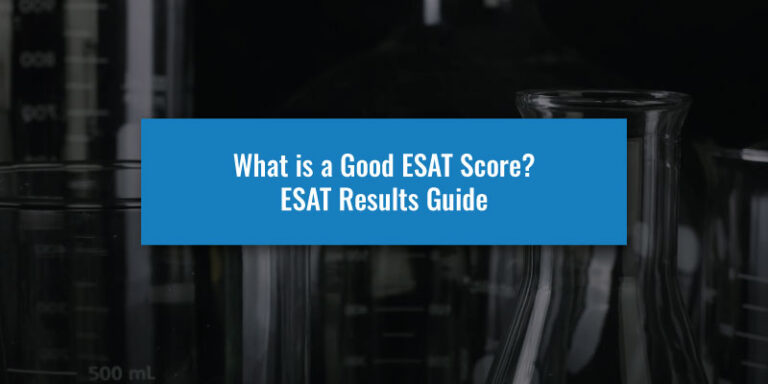With your PAT preparations underway, understanding what the Admission Test entails is essential to performing well.
Your preparations will not be effective if you do not have a sound understanding of the Maths knowledge which is essential to succeeding.
To ensure you have no issues knowing everything there is to know about the PAT Maths syllabus, we will take you through it all.
PAT Maths Questions
In 2024, the Physics Admissions Test (PAT) faced a major overhaul. After the announcement of a partnership between the University of Oxford and Pearson VUE, it was later revealed that all Oxford admissions tests would be presented in a computer-based format.
This has led to the PAT, which once featured a mixture of Multiple-Choice Questions and Written Questions, being changed to exclusively MCQs. This is due to the complex nature of the longer questions and the limitations of the computer testing system. Be aware that this won’t impact the required knowledge for the test as the syllabus hasn’t been altered.
Calculators are permitted for the PAT, but you will only be able to use the digital calculator provided in the PAT testing system, which only offers basic functions.
Early preparation is the key to a successful Oxford Engineering application.
Writing the perfect Personal Statement, scoring highly on the PAT and interviewing like a pro is how you get your dream Oxford Engineering offer.
Discover our Engineering Full-Blue Programme for comprehensive admissions support by clicking the button below to enrol and triple your chances of success.
Syllabus For The PAT Mathematics Content
Make sure to go through the PAT syllabus carefully as you may find there are a few topics you have not covered yet in school. If this is the case, we recommend asking a teacher how best to tackle these subjects before the test date. This may require you to do some independent study by reading through your textbook to looking at online resources.
The Maths content of the PAT is split into three categories Elementary Mathematics, Algebra and Calculus with each broken down into the topics you should know.
Elementary Mathematics
Knowledge of Elementary Mathematics is everything you learnt at GCSE (or equivalent) level.
There are particular topics such as arithmetic, geometry including coordinate geometry, and probability, which will be assumed. Make sure to prioritise these when revising but do not let that mean you do not refamiliarise yourself with the other topics.
Questions may require the manipulation of mathematical expressions in a physical context.
Do not let what is meant to be the easy stuff catch you out. For most students this typically means going back over lots of geometry which they have not looked out in nearly two years.
None of this is likely to be a standalone question, they are often steps in higher mark questions which rely on you being able to use geometrical relations or find probabilities at the drop of a hat.
Furthermore, an aspect of Elementary Mathematics which is often overlooked is your ability to handle mental maths.
Whilst it is not as important as other Admission Tests as the PAT allows calculators, your ability to estimate and as a result spot mistakes in calculation is important in making every mark count.
Algebra
The second area of the PAT Maths syllabus is Algebra.
There are eight different topics within this that you should be aware of. These are polynomials, graph sketching, transformations of variables, solutions to inequalities, trigonometry, logarithms and exponentials, knowledge of the formulae for the sum of arithmetic and geometric progressions and binomial expansion.
Polynomials
You need to be able to solve quadratics by factorising, by completing the square, and by using the quadratic formula.
A good starting point would be looking at the factor theorem (and the remainder theorem) if you are not familiar with them as they can help speed up your ability to find solutions to equations larger than quadratics.
Approaches such as finding the factors of the constant value at the end of the equation to inform the values are also good to practice.
Make sure you remember if you are asked for an exact value make sure you keep your answer in terms of surds, and do not calculate decimals or irrational numbers – they are not exact.
Graph Sketching
You need to know he shapes of common graphs, and how to sketch versions of these graphs have been transformed.
The main graphs you should know without calculation are polynomial graphs, reciprocals, roots, exponentials, and trigonometry.
One of the main ways graph sketching can be complicated is by writing the expression in an unusual format – make sure you remember your GCSE techniques for dealing with this.
You should also be able to use differentiating and setting equal to zero to find stationary points, and then differentiating a second time to find the ‘nature’ of the stationary point (i.e., whether it is a maxima, minima, or point of inflection).
Transformation of Variables
Do make sure to revise translations, expansions, and reflections (and how they differ in the ‘x’ and ‘y’ direction).
These are more likely to arise in questions where you are not told the actual function but given a graph with a minimum or maximum point labelled and asked to figure out where that point will be on a transformed version.
You could also be asked to transform variables in order to make an equation easier to solve. You should be familiar with this from ‘quadratics in disguise’ from GCSE.
Solutions to Inequalities
By the time that you have made it to the PAT, you will have finally escaped from ‘draw the following inequality on a number line questions.’
You will need to be able to solve inequalities though, including ones which contain quadratics.
When solving a quadratic inequality, make sure you are always drawing a graph. You do not want to risk losing marks by trying to hold it all in your head when it will only take you seconds to draw a rough sketch
You should never multiply or divide by ‘x’ in these questions as you will not know if the variable is negative. Factorise out if you need to but if you divide before you know what ‘x’ is, you run the risk of having the inequality sign the wrong way round.
As much as you might want to escape them, sketching out a number line allows you to combine inequalities and it is essential you do so as early as possible.
Elementary Trigonometry
You will be pleased to know that the trigonometry in the PAT is everything you have been doing for a while now.
Where you will have been moving onto more complicated aspects in school, for the PAT you can forget all of this.
What you do need to know is the classic mnemonic ‘SOHCAHTOA’, and how you link sin, cos, and tan, as well as the trig identity for the squares of sine and cosine. And that is it.
Logarithms and Exponentials
Quite simply, you need to know what exponentials and logarithms are, and how they relate to each other in solving equations.
You will also need to know your ‘log laws’ including how to change the base of a logarithm. This is a topic which is generally not included in most A-Level specifications but does come up on the PAT occasionally.
You will also be expected to know how to combine logarithms, e.g., log(a)+log(b) = log(ab).
Sequences and Series
Make sure to familiarise yourself with the (and nth-term formulae) for both geometric and arithmetic sequences and series.
You will not be provided with the equations for the sum to n-terms or the sum to infinity of sequences and series. If you were hoping to look them up on the formula sheet in your other exams, you must memorise them for the PAT, unfortunately.
You should also be prepared to spot sequences in unfamiliar contexts, such as to simplify Physics based questions.
Binomial Expansions
Typically, binomial expansions is the topic candidates struggle with the most in the entire specification. Fortunately, it does not come up in the PAT that often.
You should, however, ensure you are able to expand expressions such as (2+3x)^4.
Access "The Big Book Of Oxbridge Applications" For FREE
Want to get ready for your Oxford application? Start your preparation today by learning more about the two universities in The Big Book Of Oxbridge Applications, available for free here. Through over 350 pages, you’ll find:
- Over 40 admissions test practice questions
- 28 example Oxbridge Personal Statements
- Interviews with Oxbridge students and graduates
- Additional downloadable resources
Fill in your details below to claim your digital copy today!
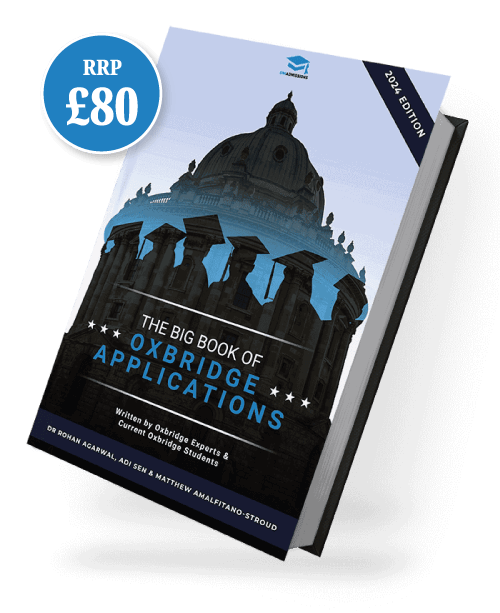
Calculus
The third and final part of the Maths content for the PAT is Calculus.
Differentiation and integration is the focal point of this and the different ways they can be applied.
You should be more than familiar with these concepts by now and should understand how to differentiate and integrate polynomials including fractional and negative powers.
As well, you should be able to use differentiation to find the slope of a curve and the location of maxima and minima. Additionally, integration as the reverse of differentiation and as finding the area under a curve.
Conclusion
Hopefully by understanding what maths knowledge is essential to the PAT means you can centre your revision on the areas that you need to improve. To help you with your exam preparation, we have collated a range of PAT practice papers (be aware that the current PAT format will not feature longer written questions).
Broadly, the maths content in the PAT you should have covered in A-Level or even at GCSE so they should be areas you are familiar with. If there is areas you have not yet studied, make sure to reach out to your teachers to see if they can help you create a plan to go through the content.
Do not assume as they are topics you covered in GCSE you do not need to prepare for them, as you do not want to risk losing marks needlessly.
With all this in mind, you are in a strong position to perform well in the maths aspects of the PAT. Best of luck!
Our expert tutors will guide you to Oxford Engineering success.
Applying to Oxbridge is immensely competitive, and you must give yourself the best chance of success. We help you craft the perfect Personal Statement, achieve a highly competitive PAT score and teach you how to Interview effectively – covering all areas of your Oxbridge application.
Discover our Oxford Engineering Full-Blue Programme for comprehensive admissions support by clicking the button below to enrol and triple your chances of success.

